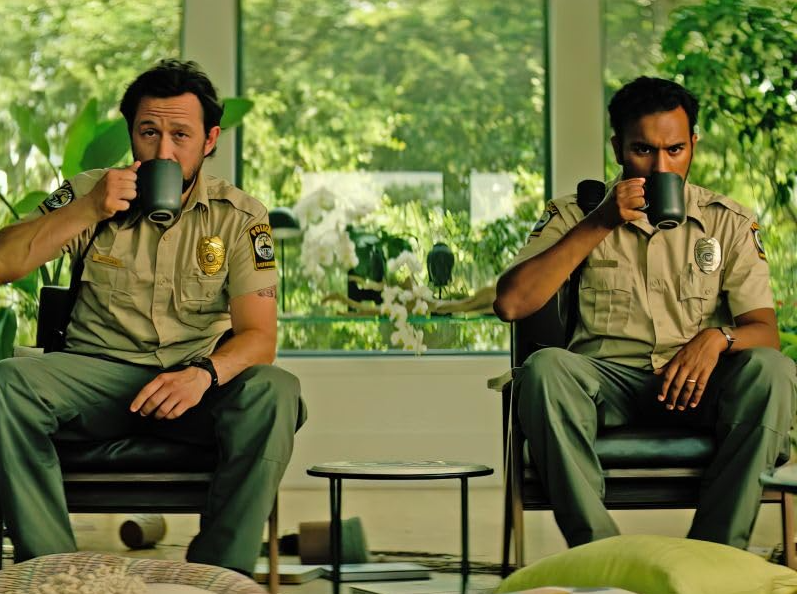Narayama is a final destination for elderly villagers in Keisuke Kinoshita’s 1958 film The Ballad of Narayama. The inhabitants of the village are so poor, that as a tradition they take their aging parents to Narayama and leave them there to perish so that they are no longer a burden on the family.
Orin is an elderly woman nearing 70 who is approaching her time to make her final journey, ready to accept her fate for the well-being of her family. She is played by the great Japanese actress Kinuyo Tanaka (Sandho The Bailiff, The Life of Oharu) who – it is worth noting – was not yet 50 at the time of shooting. Her son Tatsuhei (Teiji Takahashi) has recently become a widower, but a messenger has come to their village to announce that a new woman wishes to be his bride. These are the two main plot movements of The Ballad of Narayama, the story is fairly simple, but Kinoshita tells it brilliantly with lush color cinematography, from frequent collaborator Hiroyuki Kusuda and extravagant costume and production design from Chiyoo Umeda and Kisaku Ito.
Keisuke Kinoshita was already one of Japan’s most technically experimental directors when he set out to make his most visually stylish film The Ballad of Narayama in 1958. He decided to make his film in the style of traditional kabuki theater, which was the prevailing influence in Shichirō Fukazawa’s novel that was his source material. The entirety of the film, except the last ten minutes or so, was shot on studio sets. The very beginning shots show us the joruri- the Japanese equivalent of narrator- clad head to foot in black and with his face masked. True to traditional kabuki theatre tradition, the joruri introduces the film while clacking together two lengths of white oak, and a vertically striped wall behind him falls like a stage curtain, creating the atmosphere of a theatrical performance.
The aforementioned story might sound grim, but the production and costume design are full of lavish color with little to no attempt to convey realism, making the story feel full of life and energy, and less gloomy. The musical score is also traditional, made up of only classical Japanese music played on a samisen (something like a Japanese banjo) accompanied by traditional percussion. Painted backdrops move out of the way to transition to a new scene, emphasizing the theatre-staged-for-cameras affect that Kinoshita and his crew create.
Always a master of camera control, Kinoshita perhaps displays his expertise most brilliantly in The Ballad of Narayama. Kinoshita doesn’t indulge in extravagant tracking shots or quick camera movement; instead he lets the camera keep a steady gaze on the characters while letting the visuals take the center stage. The camera pans occasionally when a character moves quickly, just fast enough to keep up with them but not so fast that the films smooth flow is interrupted. Extreme close ups are wisely saved for the most emotionally strong moments , such as when Orin feels shame for still having all of her teeth at her old age, and smashes them on a concrete mixing bowl.
The Ballad of Narayama is an expertly crafted film by a master of Japanese cinema. It hasn’t recently been rereleased by the Criterion Collection on DVD and Blu-Ray with a picture quality so crisp and clear it’s unbelievable. For fans of foreign cinema or even those who think they may want to expand their horizons in film, it is a wonderful film to explore.








